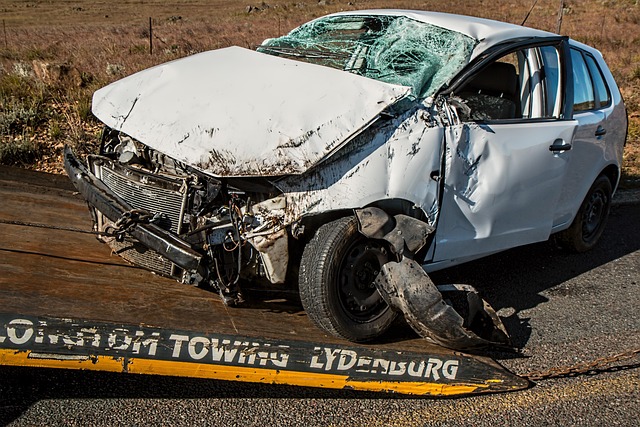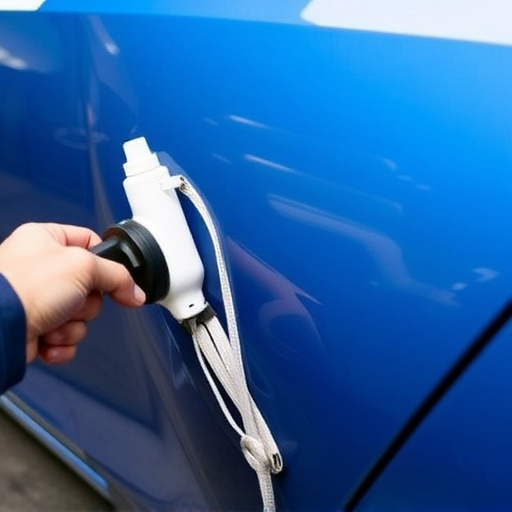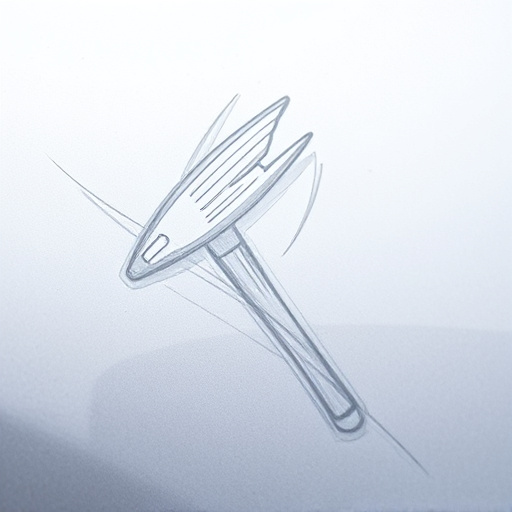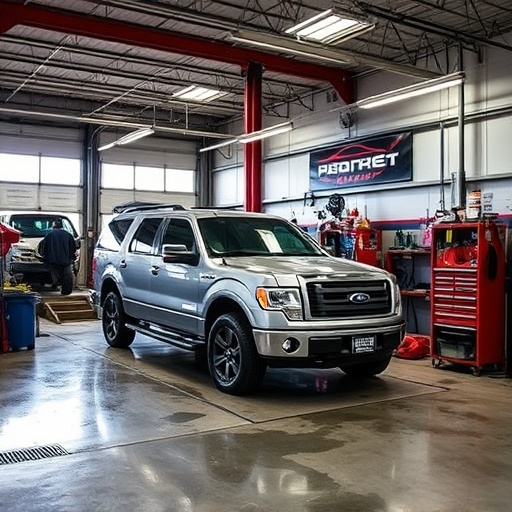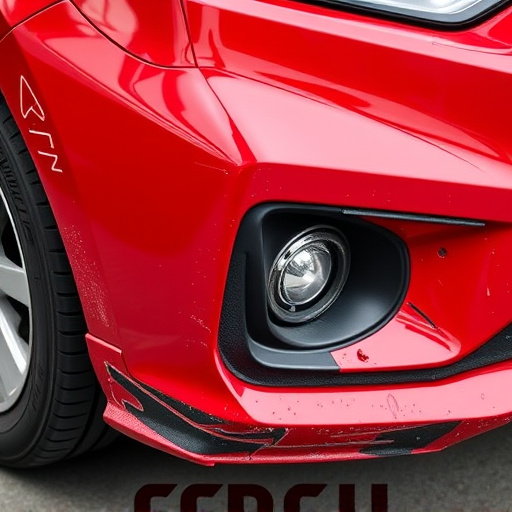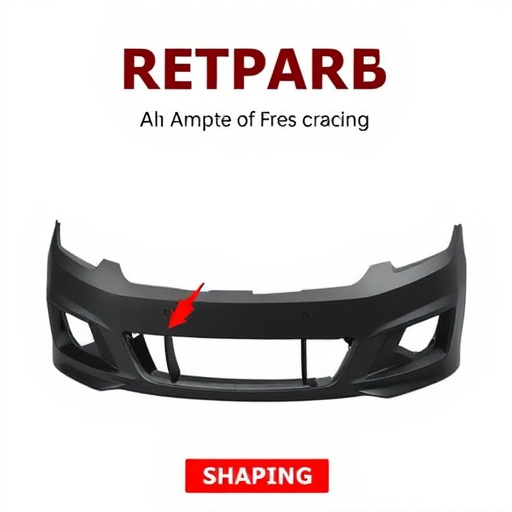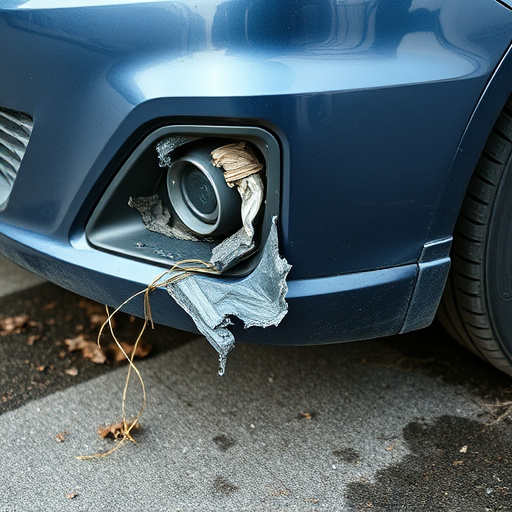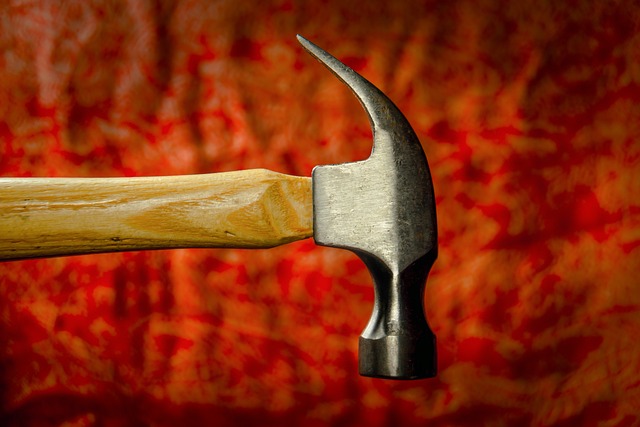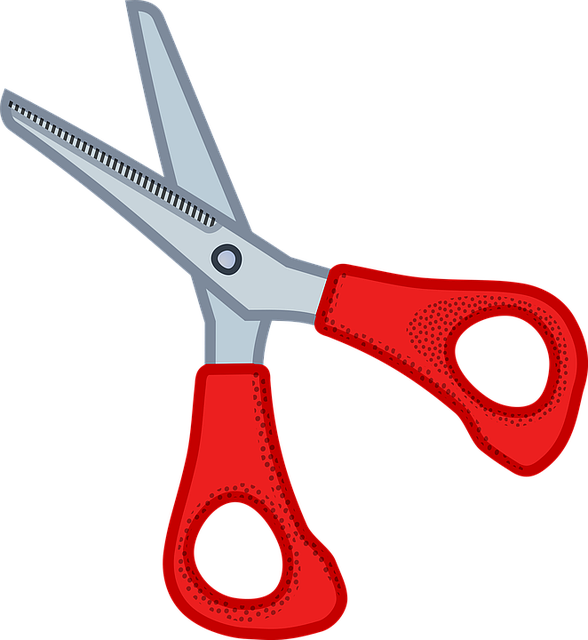Thorough damage assessment is the initial step in the auto body repair process, where skilled technicians inspect exterior and internal components to create a repair plan adhering to manufacturer guidelines. Replacement parts are genuine manufacturer-specific, ensuring quality and compatibility. Restoration techniques like paintless dent repair (PDR) preserve the original finish. Post-repair inspections by skilled technicians guarantee visual perfection and optimal vehicle performance, providing peace of mind for owners.
“Uncover the meticulous journey of auto body repair with our comprehensive guide. From initial damage assessment to final quality assurance, this article delves into the essential steps ensuring your vehicle’s restoration aligns with manufacturer guidelines.
We explore strategic planning for repairs, the careful replacement and restoration of damaged parts, and rigorous final inspections. By adhering to these meticulous processes, auto body repair experts deliver top-tier results, transforming damaged vehicles into like-new masterpieces.”
- Assessing Damage and Planning Repair
- Replacing and Restoring Damaged Parts
- Final Inspection and Quality Assurance
Assessing Damage and Planning Repair
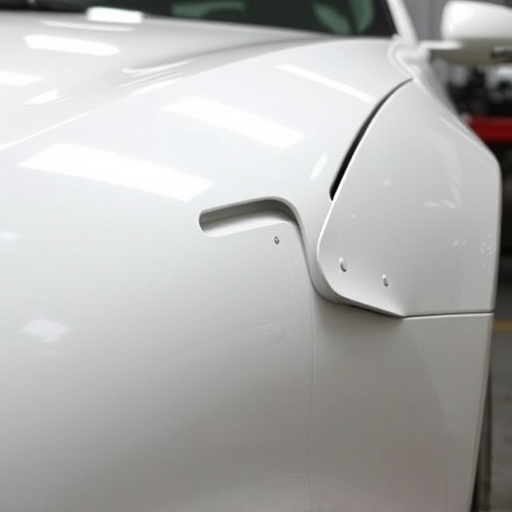
After a vehicle collision or other damage, assessing the extent of the harm is the initial step in the auto body repair process. This involves thoroughly inspecting every part of the affected area, including the exterior paneling, frame, and any visible internal components. Skilled technicians use their expertise to identify not just visible dents and cracks but also potential structural weaknesses or hidden damage that might require special attention during repairs.
Once the damage is accurately assessed, a comprehensive repair plan is devised, adhering strictly to manufacturer guidelines. This planning stage is crucial as it ensures that every aspect of the vehicle’s original design and integrity is respected throughout the auto body repair process. It includes determining which parts need replacement (like bumpers or fenders), which areas require painting or refinishing, and what techniques should be employed for each specific repair, whether it’s a simple bumper repair or more complex vehicle collision repair.
Replacing and Restoring Damaged Parts
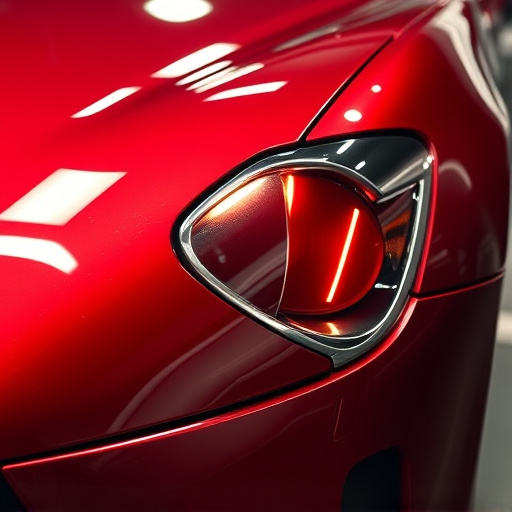
When undertaking an auto body repair process that follows manufacturer guidelines, one of the critical steps is replacing and restoring damaged parts. This involves carefully assessing each component for damage, either through visual inspection or using specialized diagnostic tools. Once identified, damaged parts are replaced with genuine manufacturer parts to ensure quality and compatibility, aligning perfectly with the vehicle’s original design.
Restoration techniques such as paintless dent repair (PDR) are employed to fix dents and scratches without the need for repainting. PDR experts use specialized tools to gently push out dents from the inside, returning the metal to its original shape and smoothness. This method not only saves time and money but also preserves the vehicle’s original finish, making it a popular choice among collision centers and auto repair near me that prioritize precision and aesthetics in their work.
Final Inspection and Quality Assurance
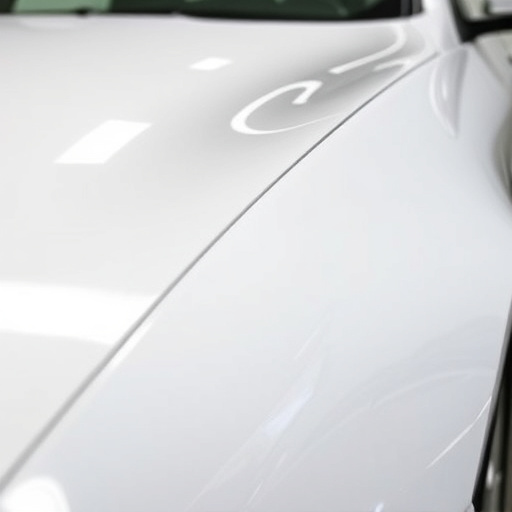
After completing the auto body repair process, the final step involves a meticulous inspection and quality assurance routine. Skilled technicians at reputable automotive body shops, such as those specializing in Mercedes Benz collision repair, carefully examine every detail of the vehicle to ensure it meets the highest standards. This rigorous process includes checking for any paint imperfections, misalignments, or remaining damage that may have been overlooked during the repair.
In a comprehensive Mercedes Benz collision repair, quality assurance goes beyond visual inspection. It includes functional tests, such as ensuring all lights, mirrors, and mechanical components operate seamlessly. This meticulous attention to detail guarantees that the vehicle not only looks pristine but also performs optimally, providing owners with peace of mind and a reliable ride. For any automotive body shop, maintaining these rigorous standards is paramount to customer satisfaction and ensuring the vehicle’s longevity on the road.
The optimal auto body repair process follows manufacturer guidelines closely, ensuring a structured approach from initial assessment to final inspection. By replacing and restoring damaged parts according to these specifications, technicians maintain the vehicle’s original integrity and performance. This meticulous process culminates in a rigorous quality assurance check, guaranteeing that the auto body repair meets not just industry standards but also the precise requirements set by the manufacturer.
